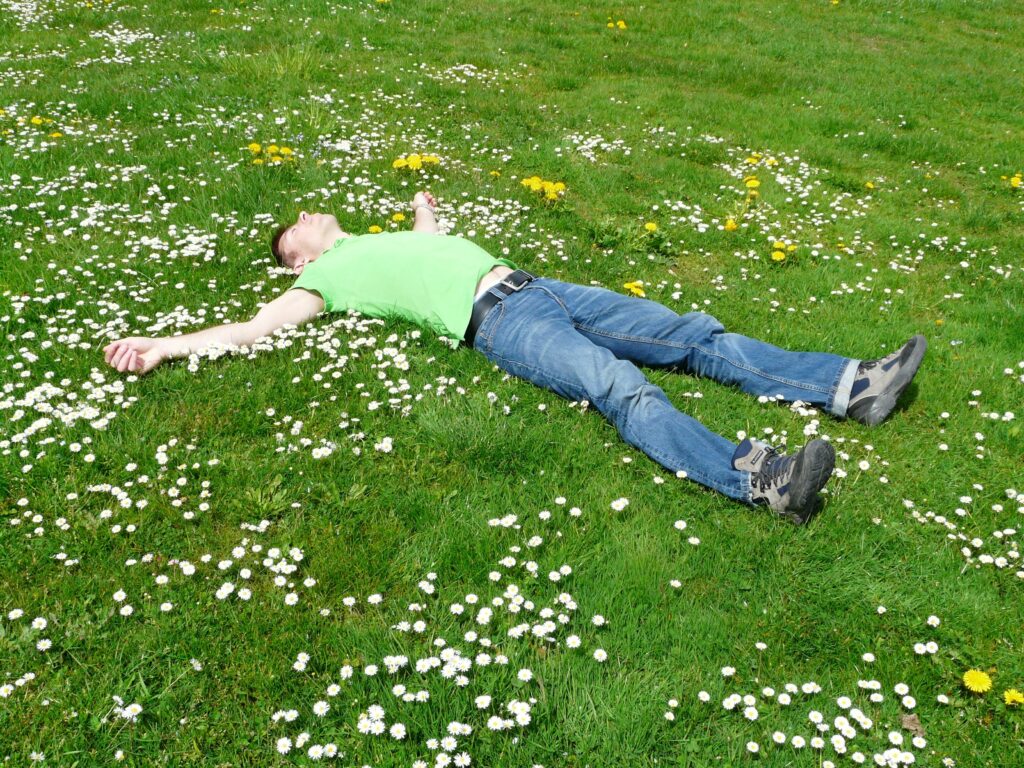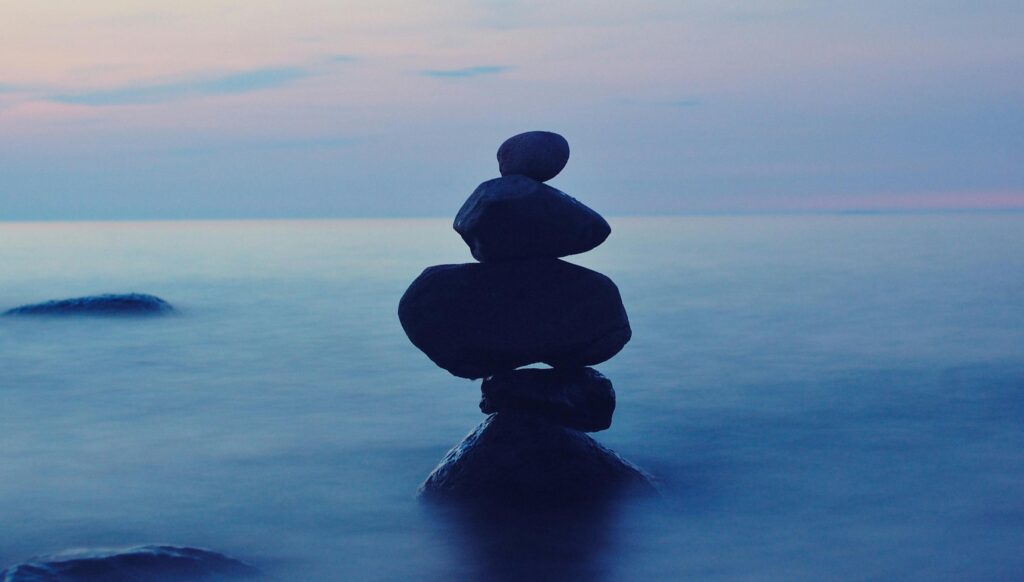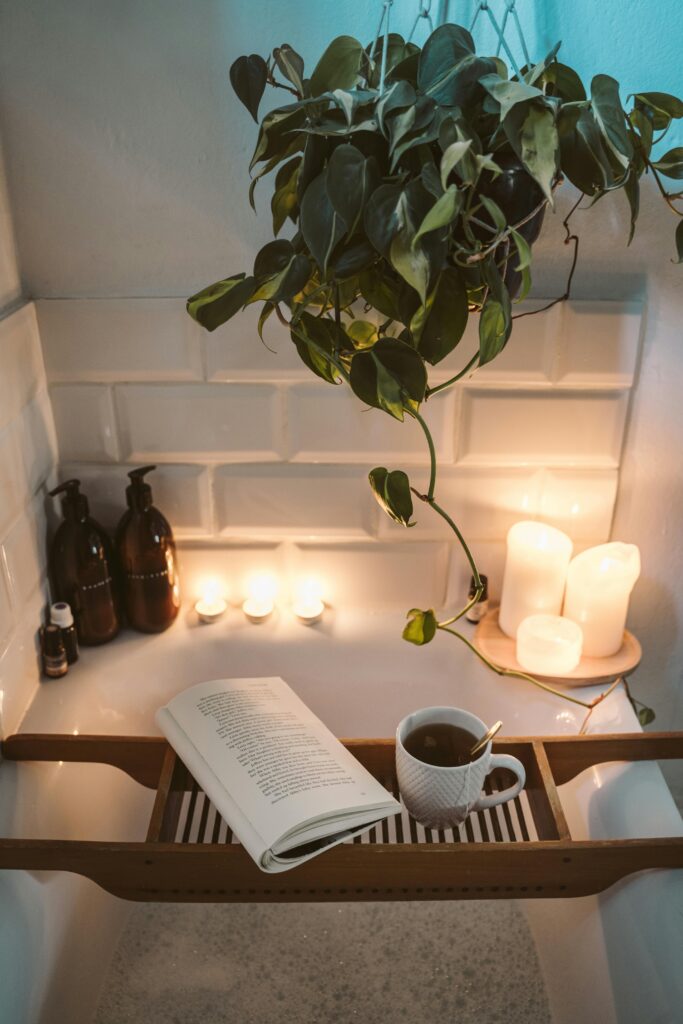In today’s fast-paced world, finding time to relax can seem like an impossible task. However, incorporating relaxation techniques into your busy schedule is crucial for maintaining both mental and physical health. By making small changes and integrating these techniques into your daily routine, you can reduce stress, improve your overall well-being, and enhance your productivity. In this blog post, we will explore practical ways to incorporate relaxation techniques into your busy schedule.

Why Relaxation is Important
Before diving into the techniques, it’s important to understand why relaxation is essential. Chronic stress can lead to various health problems, including anxiety, depression, heart disease, and weakened immune function. By taking time to relax, you can lower your stress levels, improve your mood, and boost your immune system. Additionally, relaxation can enhance your cognitive functions, making you more focused and productive.
1. Deep Breathing Exercises

Why It Works
Deep breathing exercises are one of the simplest and most effective ways to reduce stress. When you breathe deeply, you send a message to your brain to calm down and relax. This, in turn, slows your heart rate and lowers your blood pressure.
How to Incorporate It
- Morning Routine: Start your day with 5 minutes of deep breathing. Sit comfortably, close your eyes, and take slow, deep breaths in through your nose and out through your mouth.
- During Commutes: Use your commute time to practice deep breathing. Whether you’re driving or taking public transportation, focus on your breath to create a calming start or end to your day.
- Work Breaks: Take a few minutes during your work breaks to practice deep breathing. This can help clear your mind and improve concentration.
Step-by-Step Guide
- Find a comfortable position, either sitting or lying down.
- Close your eyes and take a deep breath in through your nose, allowing your abdomen to expand.
- Hold the breath for a few seconds.
- Slowly exhale through your mouth.
- Repeat for 5-10 minutes.
2. Mindfulness Meditation

Why It Works
Mindfulness meditation involves focusing on the present moment without judgment. It helps reduce anxiety and increase emotional resilience.
How to Incorporate It
- Morning Routine: Dedicate 10 minutes each morning to mindfulness meditation. Find a quiet space, sit comfortably, and focus on your breath.
- Mindful Moments: Incorporate mindfulness into daily activities such as eating, walking, or even brushing your teeth. Pay attention to the sensations and movements involved in these tasks.
- Before Bed: Use mindfulness meditation to wind down before bed. This can help improve sleep quality and reduce nighttime anxiety.
Step-by-Step Guide
- Sit or lie down in a comfortable position.
- Close your eyes and focus on your breath.
- Notice the sensation of the air entering and leaving your nostrils.
- If your mind starts to wander, gently bring it back to your breath.
- Practice for 10-20 minutes.
3. Progressive Muscle Relaxation (PMR)

Why It Works
PMR involves tensing and then slowly relaxing each muscle group in your body. This helps release physical tension and promotes mental relaxation.
How to Incorporate It
- Morning Stretch: Combine PMR with your morning stretch routine. Spend a few minutes tensing and relaxing each muscle group.
- Work Breaks: Use short breaks during work to practice PMR. Focus on tensing and relaxing your shoulders, neck, and back muscles.
- Evening Wind-Down: Incorporate PMR into your evening routine to help you relax before bed.
Step-by-Step Guide
- Find a quiet place where you can sit or lie down comfortably.
- Start with your feet, tensing the muscles for 5-10 seconds.
- Slowly release the tension and focus on the feeling of relaxation.
- Move up through your body, tensing and relaxing each muscle group.
- Practice for 10-15 minutes.
4. Guided Visualization
Why It Works
Guided visualization involves imagining peaceful scenes or experiences to promote relaxation and stress relief. It can be particularly effective for those who find it hard to quiet their mind.
How to Incorporate It
- Morning Routine: Begin your day with a few minutes of guided visualization. Imagine a peaceful place where you feel completely relaxed.
- Midday Break: Use your lunch break to practice guided visualization. Find a quiet spot, close your eyes, and immerse yourself in a calming scene.
- Evening Routine: Wind down in the evening with guided visualization to help transition from the busyness of the day to a restful night.
Step-by-Step Guide
- Find a quiet and comfortable place to sit or lie down.
- Close your eyes and take a few deep breaths to relax.
- Visualize a peaceful scene, such as a beach, forest, or mountain.
- Engage all your senses – imagine what you see, hear, smell, and feel in this place.
- Spend 5-10 minutes immersed in your visualization.
5. Yoga

Why It Works
Yoga combines physical postures, breathing exercises, and meditation to promote relaxation and well-being. It helps reduce stress, improve flexibility, and enhance overall health.
How to Incorporate It
- Morning Stretch: Start your day with a short yoga routine. Even 10 minutes of gentle stretching and breathing can set a positive tone for the day.
- Midday Break: Incorporate a quick yoga session during your lunch break. Focus on poses that relieve tension in the neck, shoulders, and back.
- Evening Routine: Use yoga to unwind in the evening. Poses like child’s pose, legs up the wall, and savasana are particularly relaxing.
Step-by-Step Guide
- Find a quiet space where you can move comfortably.
- Begin with a few minutes of deep breathing to center yourself.
- Move through a series of gentle poses, holding each one for a few breaths.
- Focus on your breath and the sensations in your body.
- End with a relaxation pose, such as savasana, for 5-10 minutes.
Integrating Relaxation Techniques into Your Schedule

1. Schedule It
Treat relaxation techniques like any other important task by scheduling them into your day. Set reminders on your phone or add them to your calendar to ensure you make time for relaxation.
2. Start Small
If you’re new to relaxation techniques, start small. Begin with just a few minutes each day and gradually increase the duration as you become more comfortable.
3. Make It a Habit
Consistency is key. Aim to practice relaxation techniques at the same time each day to build a habit. Over time, these practices will become a natural part of your routine.
4. Combine Techniques
Experiment with combining different relaxation techniques to find what works best for you. For example, you might start with deep breathing, then move into mindfulness meditation, and finish with a few yoga poses.
5. Use Technology
There are numerous apps and online resources available to guide you through relaxation techniques. Apps like Headspace, Calm, and Insight Timer offer guided meditations, breathing exercises, and more.
6. Involve Others
Incorporate relaxation techniques into group activities. Practice yoga with a friend, join a meditation group, or simply share your experiences with others to stay motivated and accountable.
Conclusion
Incorporating relaxation techniques into your busy schedule doesn’t have to be daunting. By making small changes and dedicating just a few minutes each day to these practices, you can significantly reduce stress and improve your overall well-being. Remember, the key is consistency. Start small, be patient with yourself, and gradually build these techniques into your daily routine. Your mind and body will thank you for it.
Additional resources:
Further reading:
Recommended products:
- doTERRA Lavender Essential Oil
- Young Living Chamomile Essential Oil
- Eucalyptus Oil Diffuser
- Gravity Blanket
- YnM Weighted Blanket
- Yogi Chamomile Tea
- Traditional Medicinals Bedtime Tea
- MZOO Sleep Mask
- LectroFan White Noise Machine
- Moleskine Mindfulness Journal




Leave a Reply